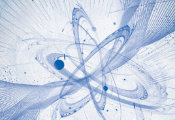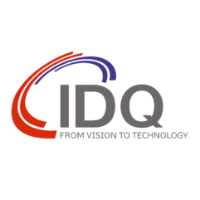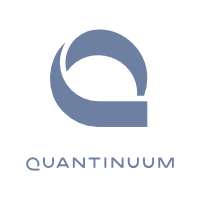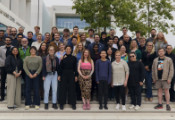Making Quantum Physics Easier to Digest in Schools
November 26, 2024 -- A team of physics educators from Italy, Hungary, Slovenia and Germany is focusing on a new approach to teaching quantum physics in schools. Traditional classroom teaching has tended to focus on presenting the history of the origins of quantum physics, which often poses problems for learners. Using the quantum measurement process as an example, the researchers have now published their first empirical findings on learning quantum physics – based on two-state systems – in the international journal Physical Review Physics Education Research.
The researchers, including physics education specialist Professor Philipp Bitzenbauer from Leipzig University, concentrate on what are known as qubits. These are two-state systems, the simplest and at the same time most important quantum systems that can be used to describe many situations. Controlling and manipulating these qubits plays a central role in modern quantum technologies.
According to Bitzenbauer, until now there have been no empirical studies of the effectiveness of these approaches using two-state systems in developing conceptual understanding in learners. There is also a lack of scientific research on the specific advantages and disadvantages for learning of different teaching approaches based on two-state systems. “Using the example of the quantum measurement process, one of the central problems of quantum physics, we show how to develop a survey method that can then be used in the field as part of intervention studies. Overall, teaching concepts that focus on two-state systems do indeed appear to be more conducive to learning than the traditional approach,” says the Leipzig-based physics education specialist, who is the first author of the paper.
MUCH-DISCUSSED APPROACH FOR THE CLASSROOM
Making two-state systems the starting point for understanding quantum physics has been the subject of much discussion in recent years. According to Bitzenbauer, this approach opens the door to modern quantum technologies, be it quantum cryptography or quantum computing. One of the aims of quantum cryptography is to make communication secure against eavesdropping. Quantum computers can be used to solve problems that even supercomputers can only solve after a very long time or not at all, such as breaking down large integers into prime factors.
“My team and I are working to make the ground-breaking potential of quantum technologies accessible to schoolchildren,” says Bitzenbauer. The American Physical Society (APS) has invited him to present the results of the project at the APS Global Physics Summit in Los Angeles in March 2025.
INTERNATIONAL YEAR OF QUANTUM SCIENCE AND TECHNOLOGY
Bitzenbauer points out that 2025 will be the International Year of Quantum Science and Technology: the scientific community can look back on 100 years of quantum mechanics making world history. And it continues to do so today, albeit at a more advanced level. Scientists are talking about a second quantum revolution that will shape the new century in the same way that the first quantum revolution shaped the 20th century. “Today, the focus is on the transition from many-body systems to the control and manipulation of single electrons, single photons or, more generally, single degrees of freedom in a quantum system. The simplest and most important quantum system has only two degrees of freedom – the two-state system. And this is the starting point for teaching quantum physics in schools,” says the researcher.




































